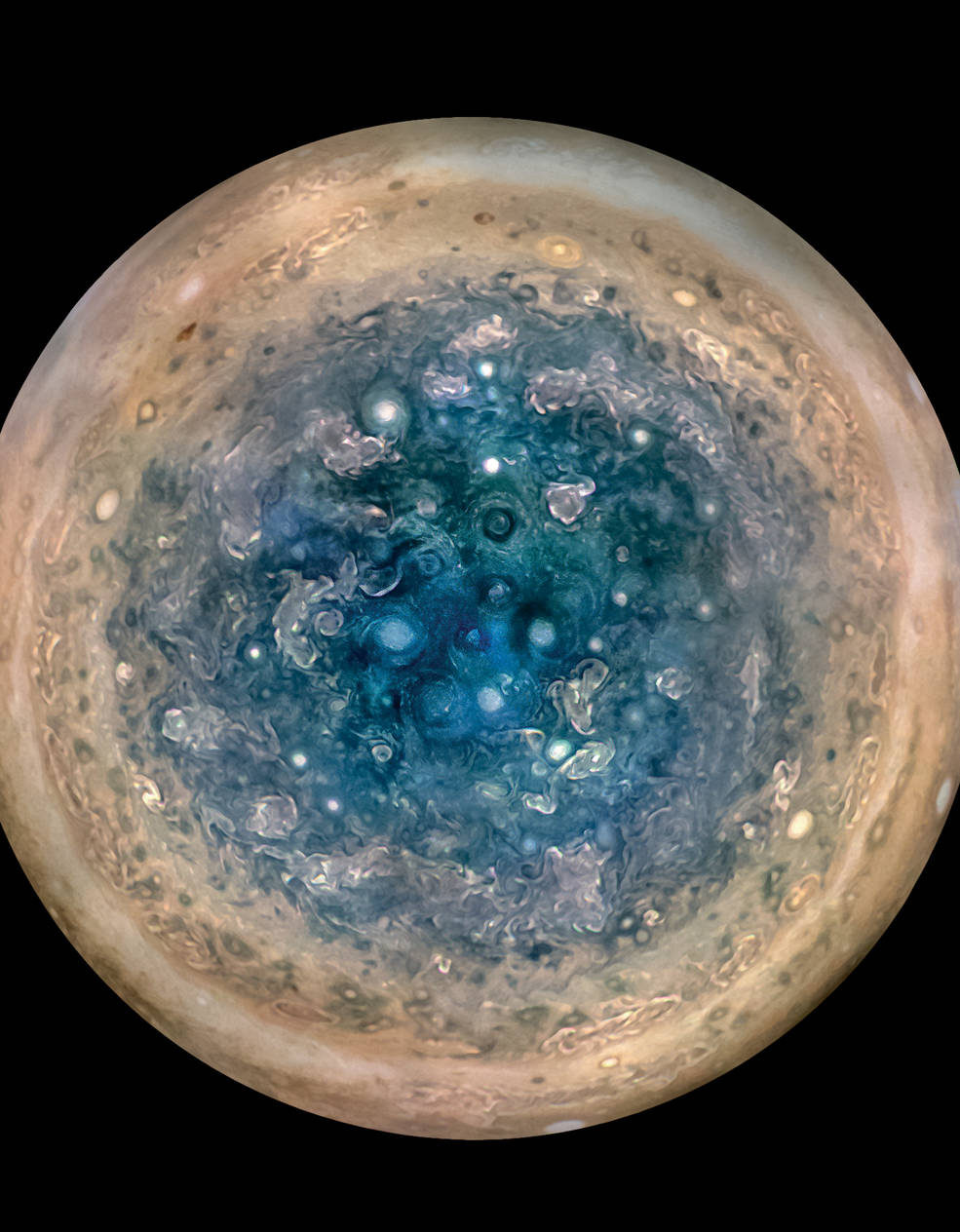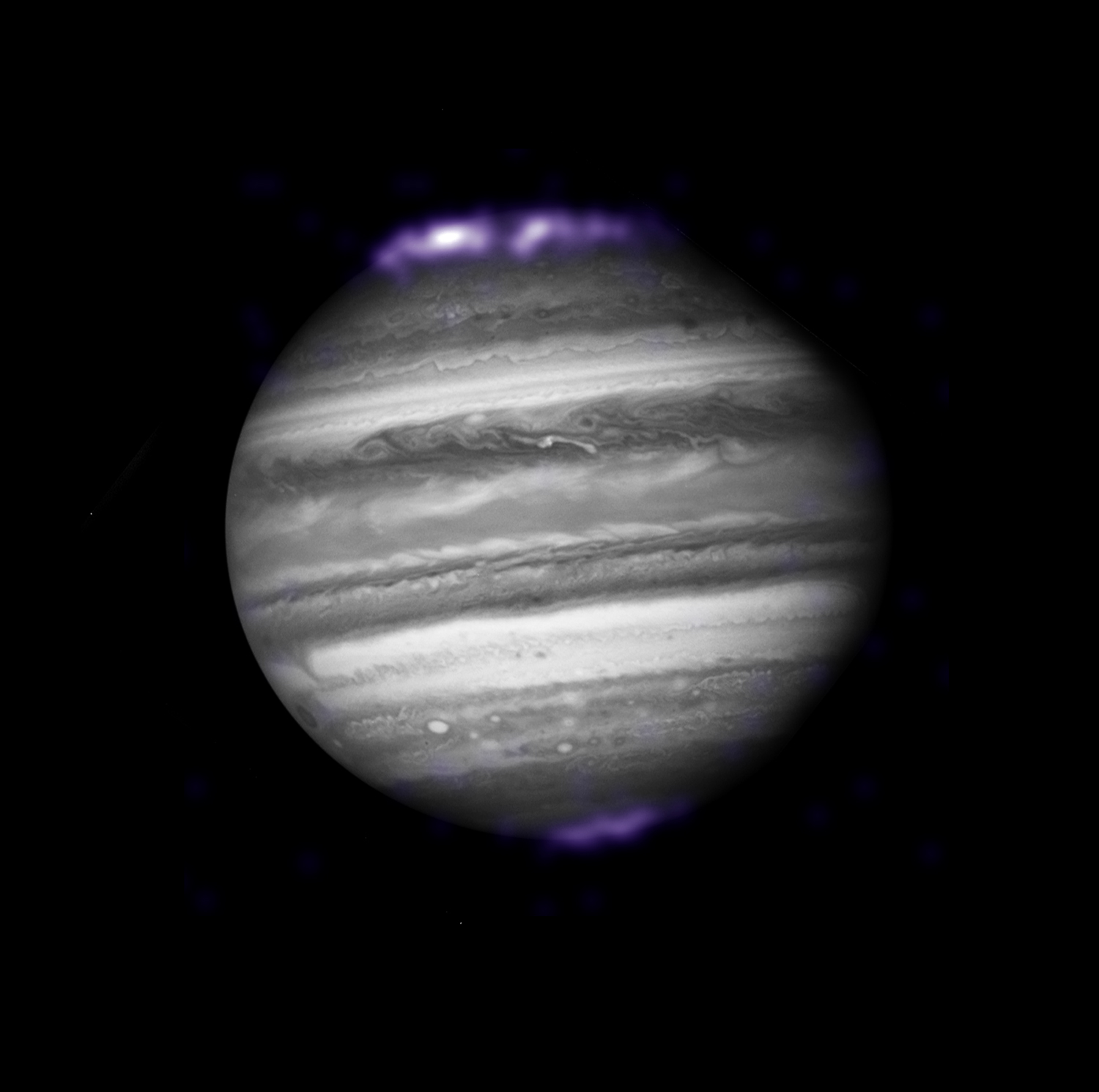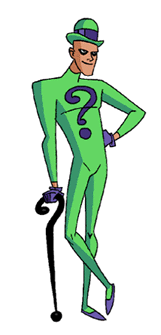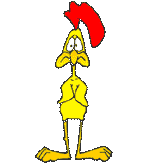Here’s an ambiguous sentence for you: “Because of the agency’s oversight, the corporation’s behavior was sanctioned.” Does that mean, ‘Because the agency oversaw the company’s behavior, they imposed a penalty for some transgression’ or does it mean, ‘Because the agency was inattentive, they overlooked the misbehavior and gave it their approval by default’? We’ve stumbled into the looking-glass world of “contronyms”—words that are their own antonyms.
1. Sanction (via French, from Latin sanctio(n-), from sancire ‘ratify,’) can mean ‘give official permission or approval for (an action)’ or conversely, ‘impose a penalty on.’
2. Oversight is the noun form of two verbs with contrary meanings, “oversee” and “overlook.” “Oversee,” from Old English ofersēon ‘look at from above,’ means ‘supervise’ (medieval Latin for the same thing: super- ‘over’ + videre ‘to see.’) “Overlook” usually means the opposite: ‘to fail to see or observe; to pass over without noticing; to disregard, ignore.’
3. Left can mean either remaining or departed. If the gentlemen have withdrawn to the drawing room for after-dinner cigars, who’s left? (The gentlemen have left and the ladies are left.)
4. Dust, along with the next two words, is a noun turned into a verb meaning either to add or to remove the thing in question. Only the context will tell you which it is. When you dust are you applying dust or removing it? It depends whether you’re dusting the crops or the furniture.
5. Seed can also go either way. If you seed the lawn you add seeds, but if you seed a tomato you remove them.
6. Stone is another verb to use with caution. You can stone some peaches, but please don’t stone your neighbor (even if he says he likes to get stoned).
7. Trim as a verb predates the noun, but it can also mean either adding or taking away. Arising from an Old English word meaning ‘to make firm or strong; to settle, arrange,’ “trim” came to mean ‘to prepare, make ready.’ Depending on who or what was being readied, it could mean either of two contradictory things: ‘to decorate something with ribbons, laces, or the like to give it a finished appearance’ or ‘to cut off the outgrowths or irregularities of.’ And the context doesn’t always make it clear. If you’re trimming the tree are you using tinsel or a chain saw?
8. Cleave can be cleaved into two “homographs,” words with different origins that end up spelled the same. “Cleave,” meaning ‘to cling to or adhere,’ comes from an Old English word that took the forms cleofian, clifian, or clīfan. “Cleave,” with the contrary meaning ‘to split or sever (something), ‘ as you might do with a cleaver, comes from a different Old English word, clēofan. The past participle has taken various forms: “cloven,” which survives in the phrase “cloven hoof,” “cleft,” as in a “cleft palate” or “cleaved.”
9. Resign works as a contronym in writing. This time we have homographs, but not homophones. “Resign,” meaning ‘to quit,’ is spelled the same as “resign,” meaning ‘to sign up again,’ but it’s pronounced differently.
10. Fast can mean “moving rapidly,” as in “running fast,” or ‘fixed, unmoving,’ as in “holding fast.” If colors are fast they will not run. The meaning ‘firm, steadfast’ came first. The adverb took on the sense ‘strongly, vigorously,’ which evolved into ‘quickly,’ a meaning that spread to the adjective.
11. Off means ‘deactivated,’ as in “to turn off,” but also ‘activated,’ as in “The alarm went off.”
12. Weather can mean ‘to withstand or come safely through,’ as in “The company weathered the recession,” or it can mean ‘to be worn away’: “The rock was weathered.”
13. Screen can mean ‘to show’ (a movie) or ‘to hide’ (an unsightly view).
14. Help means ‘assist,’ unless you can’t help doing something, when it means ‘prevent.’
15. Clip can mean “to bind together” or “to separate.” You clip sheets of paper to together or separate part of a page by clipping something out. Clip is a pair of homographs, words with different origins spelled the same. Old English clyppan, which means “to clasp with the arms, embrace, hug,” led to our current meaning, “to hold together with a clasp.” The other clip, “to cut or snip (a part) away,” is from Old Norse klippa, which may come from the sound of a shears.
16. Continue usually means to persist in doing something, but as a legal term it means stop a proceeding temporarily.
17. Fight with can be interpreted three ways. “He fought with his mother-in-law” could mean “They argued,” “They served together in the war,” or “He used the old battle-ax as a weapon.” (Thanks to linguistics professor Robert Hertz for this idea.)
18. Flog, meaning “to punish by caning or whipping,” shows up in school slang of the 17th century, but now it can have the contrary meaning, “to promote persistently,” as in “flogging a new book.” Perhaps that meaning arose from the sense ‘to urge (a horse, etc.) forward by whipping,’ which grew out of the earliest meaning.
19. Go means “to proceed,” but also “give out or fail,” i.e., “This car could really go until it started to go.”
20. Hold up can mean “to support” or “to hinder”: “What a friend! When I’m struggling to get on my feet, he’s always there to hold me up.”
21. Out can mean “visible” or “invisible.” For example, “It’s a good thing the full moon was out when the lights went out.”
22. Out of means “outside” or “inside”: “I hardly get out of the house because I work out of my home.”
23. Bitch, as reader Shawn Ravenfire pointed out, can derisively refer to a woman who is considered overly aggressive or domineering, or it can refer to someone passive or submissive.
24. Peer is a person of equal status (as in a jury of one’s peers), but some peers are more equal than others, like the members of the peerage, the British or Irish nobility.
25. Toss out could be either “to suggest” or “to discard”: “I decided to toss out the idea.”





